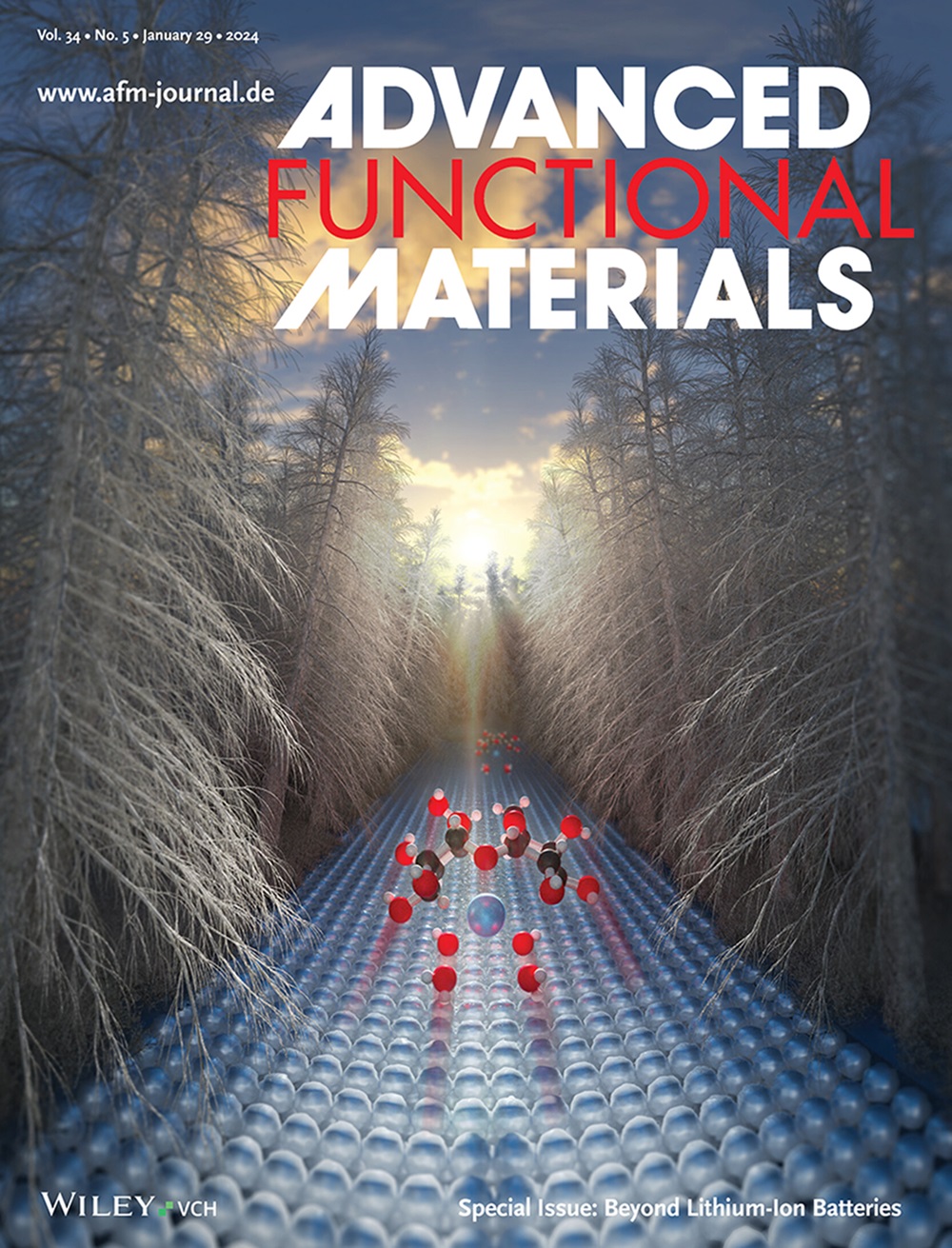Differentiation Responsive Architected Macrophage (DREAM) Selectively Modulate Tumor Microenvironment for Cancer Immunotherapy
IF 19
1区 材料科学
Q1 CHEMISTRY, MULTIDISCIPLINARY
引用次数: 0
Abstract
Immune checkpoint blockade (ICB) therapies have transformed the management of metastatic and advanced malignancies. A novel therapeutic paradigm targeting CD47 has emerged as a promising approach to enhance macrophage-mediated tumor phagocytosis; however, systemic toxicity stemming from nonspecific antibody distribution remains a critical clinical challenge. To address this limitation, a modular nanoparticle system, termed Differentiation Responsive Architected Macrophage (DREAM), was engineered to exploit intrinsic macrophage homing for tumor-specific co-delivery of anti-CD47 antibodies (aCD47) and Resiquimod (R848). This platform circumvents reliance on tumor microenvironment-derived matrix metalloproteinase-9 (MMP-9) by utilizing autocrine MMP-9 secretion to initiate spatially controlled drug release, while simultaneously amplifying protease production via dynamic macrophage differentiation. In vitro analyses demonstrated stimulus-responsive payload dissociation kinetics. In vivo evaluation in murine tumor models revealed that systemic DREAM administration induced robust tumor regression following three treatment cycles, concomitant with a shift in immune microenvironment polarization from an immunosuppressive to pro-inflammatory phenotype. By integrating autonomous activation mechanisms with cell-specific targeting, this strategy establishes a macrophage-centric delivery platform that enhances therapeutic precision, mitigates off-tissue toxicity, and augments antitumor efficacy, thereby advancing the translational potential of next-generation ICB modalities.

分化反应性巨噬细胞(DREAM)选择性调节肿瘤微环境用于癌症免疫治疗
免疫检查点阻断(ICB)疗法已经改变了转移性和晚期恶性肿瘤的管理。一种新的靶向CD47的治疗模式已经成为增强巨噬细胞介导的肿瘤吞噬的一种有希望的方法;然而,非特异性抗体分布引起的全身毒性仍然是一个关键的临床挑战。为了解决这一限制,我们设计了一种模块化纳米颗粒系统,称为分化反应型巨噬细胞(DREAM),利用固有的巨噬细胞归巢来共同递送抗cd47抗体(aCD47)和雷西喹莫特(R848)。该平台利用自分泌的基质金属蛋白酶9 (MMP-9)启动空间控制的药物释放,同时通过动态巨噬细胞分化放大蛋白酶的产生,从而绕过了对肿瘤微环境来源的基质金属蛋白酶9 (MMP-9)的依赖。体外分析证实了刺激反应的有效载荷解离动力学。小鼠肿瘤模型的体内评估显示,在三个治疗周期后,全身性给药DREAM诱导肿瘤强劲消退,同时免疫微环境极化从免疫抑制表型转变为促炎表型。通过将自主激活机制与细胞特异性靶向相结合,该策略建立了一个以巨噬细胞为中心的递送平台,提高了治疗精度,减轻了组织外毒性,增强了抗肿瘤功效,从而提高了下一代ICB模式的转化潜力。
本文章由计算机程序翻译,如有差异,请以英文原文为准。
求助全文
约1分钟内获得全文
求助全文
来源期刊

Advanced Functional Materials
工程技术-材料科学:综合
CiteScore
29.50
自引率
4.20%
发文量
2086
审稿时长
2.1 months
期刊介绍:
Firmly established as a top-tier materials science journal, Advanced Functional Materials reports breakthrough research in all aspects of materials science, including nanotechnology, chemistry, physics, and biology every week.
Advanced Functional Materials is known for its rapid and fair peer review, quality content, and high impact, making it the first choice of the international materials science community.
 求助内容:
求助内容: 应助结果提醒方式:
应助结果提醒方式:


